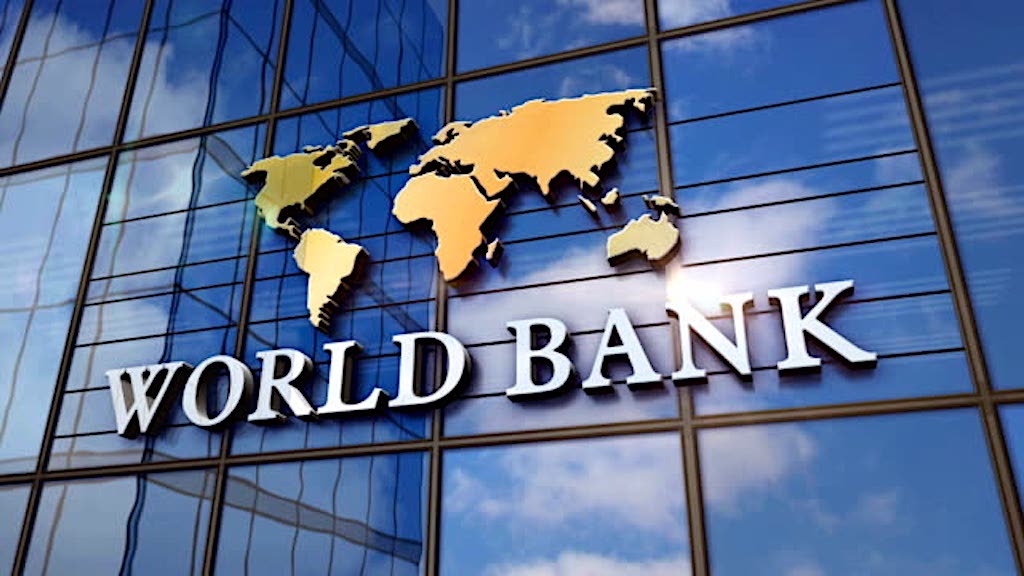By Olaitan Ibrahim
The World Bank has highlighted the impact of limited data from large nations like Nigeria and Ethiopia on global poverty estimates.
In its new report, ‘Poverty, Prosperity, and Planet,’ the bank said the absence of recent survey data from these populous countries creates uncertainty in measuring global poverty, particularly in regions where poverty is most severe.
“Although there are sufficient recent global data, the lack of available survey data from such populous countries as Ethiopia and Nigeria increases the uncertainty surrounding global poverty estimates reported for the most recent years, especially for the poorest regions and countries,” the report stated.
According to the report, Sub-Saharan Africa (SSA) remains the epicenter of global poverty. The region accounts for two-thirds of the world’s extreme poor, with nine out of the 10 countries with the highest poverty rates located there. While the region constitutes only 16 percent of the world’s population, it hosts 67 percent of people living in extreme poverty.
Although poverty is projected to decline slowly in Sub-Saharan Africa, the report cautions that progress will not be fast enough to meet the 2030 target for eradicating extreme poverty. “About one in three people in Sub-Saharan Africa will still be living on less than $2.15 a day by 2030,” the World Bank said.

In contrast, South Asia—another region heavily impacted by poverty—will likely reduce poverty more rapidly, though challenges remain. While South Asia’s poverty rate will continue to fall, the report noted that 64 percent of the region’s population is still expected to live below the $6.85 daily consumption threshold in 2030.
The report also shed light on the troubling reversal of progress in the Middle East and North Africa, where poverty eradication had almost been achieved by 2014.
However, economic stagnation, rising conflict, inflation, and pandemic shocks have pushed the region backward. “The pandemic’s effects, combined with conflict and inflation, have undone years of progress,” the report warned, projecting that poverty in the region will continue to rise through 2030.
Globally, poverty trends are expected to diverge further based on income levels. While upper-middle-income countries made significant progress in 2021 and 2022, low-income countries have struggled to recover from the COVID-19 pandemic. “In 2024, 43 percent of people in low-income countries remain in extreme poverty, reflecting the impact of rising food and energy prices,” the report observed.
Lower-middle-income countries began recovering only in 2022, highlighting the uneven resilience among economies.
Fragile and conflict-affected states (FCS) are expected to face the most severe challenges. By 2030, half of the global extreme poor will reside in today’s fragile regions within Sub-Saharan Africa, with another quarter in non-fragile African countries. The World Bank report warns that poverty will increasingly concentrate in FCS, further complicating global efforts to eradicate poverty.
“The concentration of poverty in fragile regions threatens to derail global poverty reduction efforts,” the report noted. “Conflict not only devastates infrastructure and disrupts business activities but also reduces productivity and impedes human capital development.” The compounded effects of violence, displacement, limited services, and poor economic opportunities perpetuate the cycle of poverty in these regions.
The World Bank emphasised the need for targeted interventions to address poverty in fragile regions and Sub-Saharan Africa. “Global support for fragile and conflict-affected regions will be critical to eradicating extreme poverty,” the report stated.